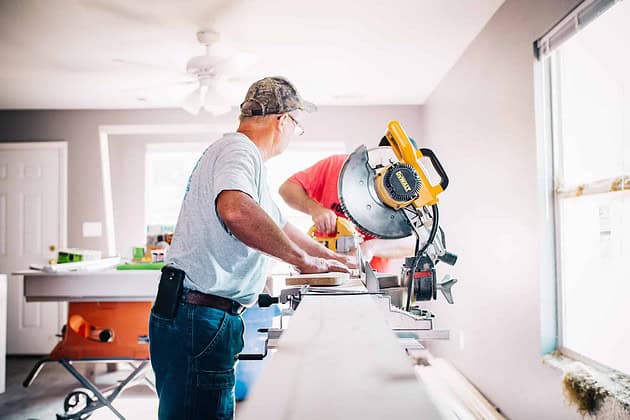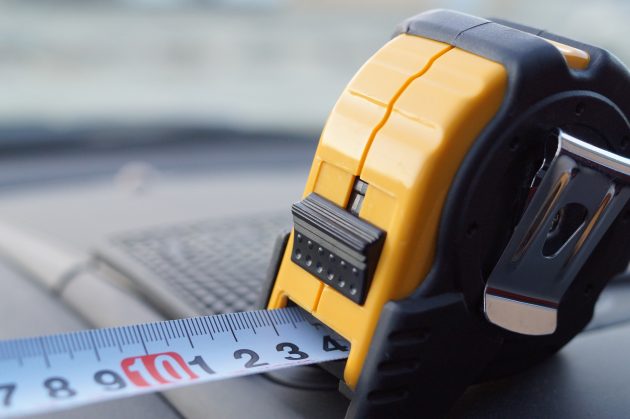DIY projects, such as furniture-making, can be enjoyable and rewarding, but there are also a lot of pitfalls that can make your project harder than it needs to be. Having the right tools of the trade can make all the difference. Here are some of the most important things you need to get started on your furniture-making journey:

1. Oils
When it comes to woodworking, you need to have a few different oils on hand. These will help protect the wood and keep it looking good for years to come. For This reason finishing oil is a must for any project. This will give the wood that finished look and protect it from water and dirt stains. There are different types of these oils, and their solvents will react differently with the wood, so it’s essential to do your research before you start.
Another oil that is commonly used in furniture making is a sealant. This will help keep moisture from the wood and protect it from warping or cracking.
Linseed oil can also be used as an all-purpose oil to restore dry, old furniture pieces to their original luster.
2. A good saw
You need a saw. You can’t make furniture without one, and you don’t have to spend an arm and a leg on it either. The most important thing when buying a saw is that its blade has the right shape for your needs:
● Saw with teeth along the full length of the blade:
Suitable for ripping hardwood boards (cutting them in half) including plywood and particleboard; not suited for crosscuts or fine work because this type of blade will tear up wood fibers more than cut through them cleanly.
● Saw with small teeth at each end plus rip teeth down the middle:
An ideal multi-purpose tool allowing you both smooth cuts as well as rip cuts using different positioning of the board relative to the blade – very versatile.
● Saw with large teeth (gullet):
Suitable for cross-cutting boards that are not too thick; produces a smooth cut but is more prone to kickback.
● Saw with small teeth:
Perfect for delicate work, e.g., dovetailing
A saw isn’t much use without the right blades, so make sure you have plenty of them in different sizes and shapes to suit your needs.
3. A drill
This is another essential tool for any DIYer. You’ll need it to drill holes in wood, metal, and other materials. When it comes to choosing the ideal drill, there are a few factors you’ll need to consider.
First, decide the size of drill you need. There are three common sizes: standard, heavy-duty, and cordless. Standard drills are suitable for most projects, but if you’re working with tougher materials or need more power, then you’ll want to go with a heavy-duty model. Cordless drills are perfect for smaller projects or when you don’t have access to an electrical outlet.
Next, think about the type of chuck the drill has. A keyed chuck is ideal for drilling into wood or metal, while a ratcheting chuck can hold bits in place better when driving screws.
Finally, consider the speed and torque of the drill. The higher the speed and torque, the more power it has. You’ll want to go with a model that offers plenty of both.
4. Clamps
These are invaluable when it comes to woodworking projects – they hold the pieces of furniture together while you drill them or screw-in bolts for a more permanent solution. They come in different sizes with varying jaw widths, and they’re great when gluing is not an option because it might slip off mid-project.
When getting clamps, make sure to get the C-clamps – they have a screw that tightens against the object being clamped, as opposed to the parallel jaws of G-clamps. This makes it easier to control where you’re securing the piece in question.
5. A Hammer
The fact that you own a hammer is almost as important as your desire to make the furniture. Hammers are used for all types of purposes, and it would be pretty hard to get along without one if you plan on making something out of wood.
Depending on the type of project you’re working on, you may need a variety of different hammers. A claw hammer is best for general use and will be the most common type you’ll find yourself using. You can also purchase specialty hammers such as ball peen or tack hammers to help with more specific tasks.
Some people even have a set if you want to get fancy, so they don’t have to switch out their tools every time a new project comes up! Others prefer getting a nail gun powered by compressed air and driving nails into the wood much faster than a hammer.
6. Tape Measure
Measurements are the most critical part of making your furniture. If you don’t measure correctly, it can throw off the whole project and make it harder to assemble later. Therefore, you should ensure you have a quality tape measure.
A good tip is to buy measurements both in inches and centimeters since many countries use these measurements instead of the US standard. It will save you time when measuring things out for your woodworking projects.
Also, it’s crucial to get a high-quality measure that’s accurate. If you don’t, you could end up making the furniture incorrectly and having to redo it all over again because of a faulty measure.
A good tape measure should be retractable not wear down as fast or get in your way when working on projects. Make sure there is also a useful hook at the end since this will save time by not needing another person to hold one side while you do the rest of the measuring.
Making your furniture is a great way to save money and get the exact piece of furniture you want. However, it’s not as easy as just grabbing some wood and getting to work. As mentioned in this article, there are a few things you need to know to make sure your project goes smoothly. By getting the right tools and materials and following the proper steps, you can create beautiful furniture that will last for years. So get started on your next project today!















